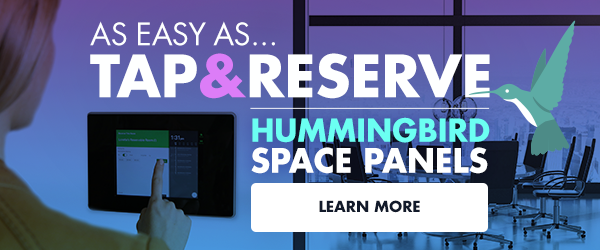These Are the Biggest Workplace Distractions


In an ideal workplace, employees could achieve a flow state every day and easily transition from one task to the next, like innings in a baseball game.
The reality of your workplace, however, probably looks more like a fast-paced basketball game, full of interruptions.
For its 2018 Workplace Distraction Report, online learning company Udemy surveyed over 1,000 professionals in the U.S. about the most common workplace distractions.
Here’s a rundown of their findings and how you can minimize these issues.
The Main Culprit: Office Noise
Just behind chatty coworkers, office noise was cited as the top workplace distraction. This is understandable since open office floor plans are becoming increasingly popular. However, a less traditional office design and freedom from distractions aren’t mutually exclusive. Employers have to be smart about the way they implement a more modern office layout.
Rather than adopting a fully open concept office, implement an activity-based working(ABW) environment instead. An ABW environment supports both collaboration and deep work that requires quiet, private spaces.
Another alternative is to give employees the option of remote work when possible. By not requiring all employees to always be in the office at the same time, you’ll reduce the volume of noise considerably.
Meetings: Another Big Workplace Distraction
A full 60 percent of survey respondents said they considered meetings to be another big workplace distraction. This could either be because the meetings aren’t efficient or the fact that they’re prone to being disrupted themselves, further delaying an employee’s ability to continue working on their tasks for the day.
One of the most commonly cited meeting disruptors was late arrivals and early departures.
While this could be the result of an attendee losing track of time or being double-booked, the issue could also be due to the location of the meeting room. More specifically, attendees may arrive late or leave early because the room is far away from where they were or where they need to be. It may also be because they’re unfamiliar with its location and end up getting lost on the way.
One solution is to introduce wayfinding software or an employee experience app to help employees better navigate your workplace, especially if it’s a large corporate campus. You might also want to consider digital conference room scheduling panels that make it easy for your team to see when a room is booked and when it will be available again.
Teach Employees How to Manage Distractions
Udemy found that while 70 percent of employees believe training could help them get better at blocking out distractions, 66 percent haven’t approached their managers about it. The most likely reason is because they think it will be perceived as a weakness. This is why fostering a learning culture is so important.
In a workplace that supports a learning culture, employees can feel comfortable admitting they need help with soft skills like maintaining focus, handling distractions and managing their time. Asking for help shouldn’t be interpreted as an employee being ill-equipped for their role, but a sign they want to be an even better employee.
Unfortunately, new workplace distractions are likely to continue cropping up as the modern office evolves. But adopting an activity-based working environment, allowing employees to work remotely and providing training on ways to improve focus during work are all effective ways to counteract workplace distractions.
